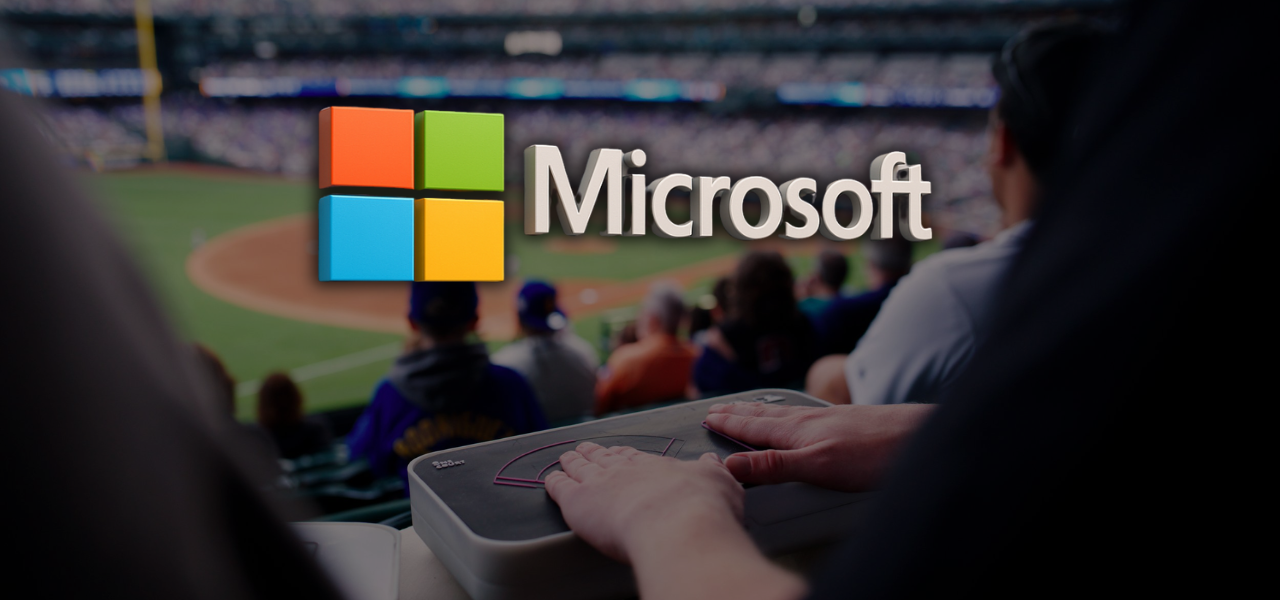Microsoft — A Grant for a Full Life
The northwestern states of the U.S. — Oregon, Idaho, Montana, Wyoming, and Washington — may seem like a quiet backwater to an energetic, driven person. These lands, once home to Native American nations, still hold untouched natural beauty. Agriculture and tourism thrive, some areas mine nickel and molybdenum, beer is brewed, hazelnuts are grown — in short, all the things that even the most unobservant tourist might notice and appreciate.
The Three Giants
But beneath this seemingly tranquil and tourist-friendly surface lies something else — something you might miss if you’re not paying attention. In some of these states, a significant portion of the population is highly successful in the field of information technology.
The most well-known among them is Washington State, home to three globally recognized brands:
- Boeing — the aerospace giant headquartered in Seattle
- Microsoft Corporation — headquartered in Redmond, a small city in Washington
- Starbucks — the coffee empire, also headquartered in Seattle, just like Boeing
All three companies are household names. Their successes, missteps, and disasters are constant topics for mainstream media and social media chatter.
Whether it’s Boeing’s latest aircraft issues, another (arguably unnecessary) Windows update, or questionable decisions by Starbucks leadership, these topics make for perfect front-page material in outlets like The New York Times, Wall Street Journal, Financial Times, The Times, The Guardian, and more.
If you’re not following the day-to-day work of Microsoft, or aren’t curious about the projects that rarely make it to headlines in outlets like the Financial Times, it might seem as if Bill Gates and Paul Allen founded Microsoft just to generate gossip for the press.
The University and the Corporation
But that’s far from the truth. Microsoft Corporation (not to be confused with the Bill & Melinda Gates Foundation) does a great deal to support those entering the field of innovation — especially in areas directly related to people with disabilities, including visual, hearing, or mobility impairments.
One of Microsoft’s ongoing goals is to help make the world more accessible — a world that is still largely designed for people who can move freely through a city, attend school, do research, go hiking, and more. Making that same world accessible to those who are excluded from it is a core mission of Microsoft. Environmental accessibility and the technologies that enable it are an important part of the company’s day-to-day operations.
The University of Washington — the leading academic institution in the state — not only educates, but inspires: to become a scientist, to develop your own project, to make a discovery, to help others. That’s exactly what four graduates of this university did in 2021 when they developed the OneCourt project to assist blind sports fans.
The mission of OneCourt, founded by Jerred Mace, Antyush Bollini, Andrew Buckingham, and Nick Durant, is to make live sports broadcasts accessible to fans who are completely blind or have very limited vision — those for whom eyesight allows them only to hear, but not feel what is happening on the field, right here and now.
The OneCourt tablet, designed with mapped-out zones of the playing field, converts synchronized audio and video broadcasts of games into tactile signals and vibrations. This allows users to literally “see” the game with their fingertips — in real time.
Microsoft Supports OneCourt

In January 2025, the OneCourt project received a $140,000 grant from Microsoft Corporation to continue development and launch its commercial version — a major step that will help scale the project in the future.
The next generation of OneCourt displays will be fully interactive, allowing fans not only to change the tactile layout of the playing field — for example, from a tennis court to a basketball court — but also to select and play sports content of their choice.
The interactive OneCourt display will include training modules for blind fans, enabling them not only to customize their experience but also to learn how to follow different sports.
At its core, the OneCourt project is about developing a tactile language to communicate what’s happening on the field without relying on visuals. A pass in football, a serve switch in tennis, a steal in basketball — all of these moments can be made accessible to visually impaired fans. This, in turn, empowers them to feel and understand the full emotional and strategic experience of live sports.
